Filmmaker Sam van Zoest made his 2022 Lighthouse Selected film ALL THAT COULD BE, partially improvised, with a group of close friends, and it shows in the joy that comes through in the watching experience.
Lighthouse curator Olha Raiter had this to say about the Dutch docudrama: “The flow of joy, discoveries, fears, and cautiousness in All That Could Be by Sam van Zoest reminded me of time spent with my younger brother on the Crimean coast attending an anarchist camp back in 2011. I’d note the acting and the characters in this work of art. Guided by the director, they create magnetic and frank work.”
We caught up with the director to find out about the creative process, stifled not once, but twice by circumstances, and the work of art that grew from it.
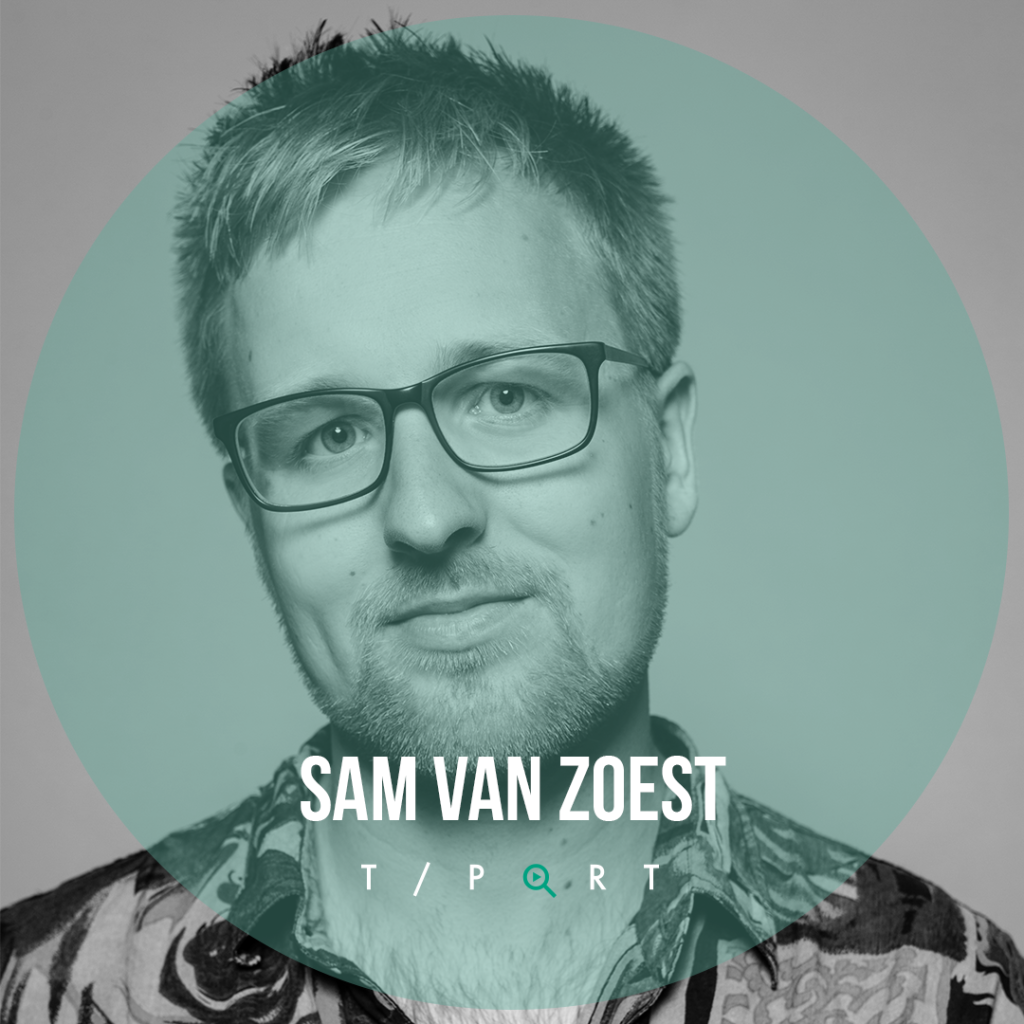
Introduce yourself in a sentence or two
I am a filmmaker who usually makes quite serious films about environmental issues and health, and ALL THAT COULD BE is a docudrama that I shot entirely with my group of friends on holiday as a fun exercise and as an ode to friendship and happy creativity.
How did you feel/react when you found out you had been selected for the T-Port Lighthouse?
I am always delighted to hear that people appreciate our film, and hope it will continue to inspire people to explore their playful side. I hope this selection will allow me to continue making films that I find personally important.
What was the inspiration behind your film?
I always wanted to make a film about my group of friends, which was formed five years ago at an arts festival. We have been best friends since then. Twice a year we go on holiday together and then we cook, jam and dance together, and push our creative boundaries. The group is very special to me because it is the first place where I totally felt like I belonged. For the first time ever, I felt like I was being wholly welcomed: my creative side, the business-serious side of me, and the crazy one.
Tell us about how the filmmaking process went for you – did you enjoy it? and what did it teach you?
ALL THAT COULD BE resulted from a failed attempt to first make a television movie about the group and then a professional short, which failed twice due to bad weather and then again due to corona. With a minimum of equipment and without a professional crew, we decided to film anyway. You can see this reflected in the credits: almost everyone in the group filmed and just as many people edited. Precisely because of the lack of a crew with unknown people, the group was able to flourish and everyone was able to put his or her talents and interests in the film. You can also see this in the film style: it has become a docudrama in which both genres constantly cross. Even to us it wasn’t always clear what was fiction and what was reality.
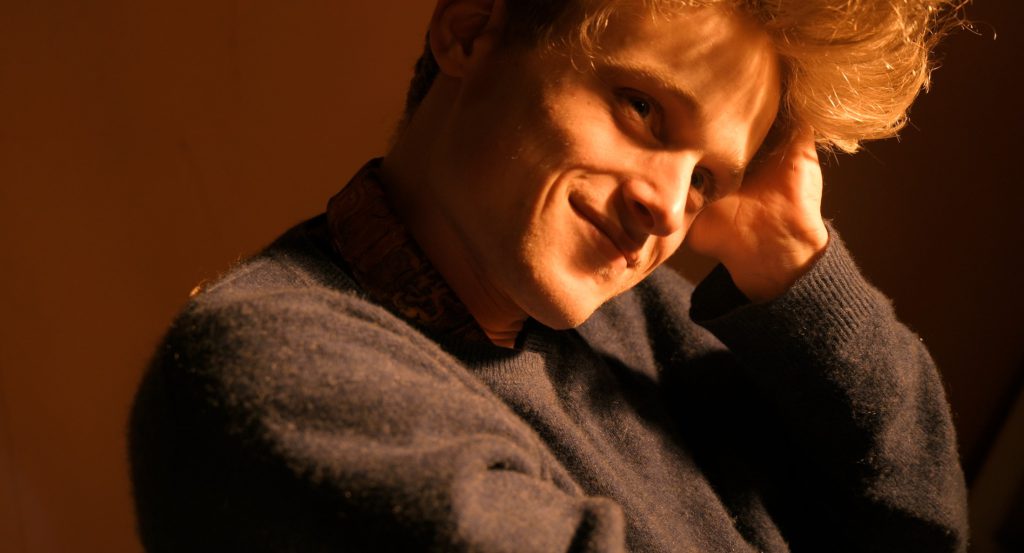
Having been through the process of making your film – what do you wish someone had told you in advance?
I found the process of making the film scary and sometimes stressful. In hindsight, I wished I had trusted the group and the creative process even more, as the energy and ideas within the group made the film what it is.
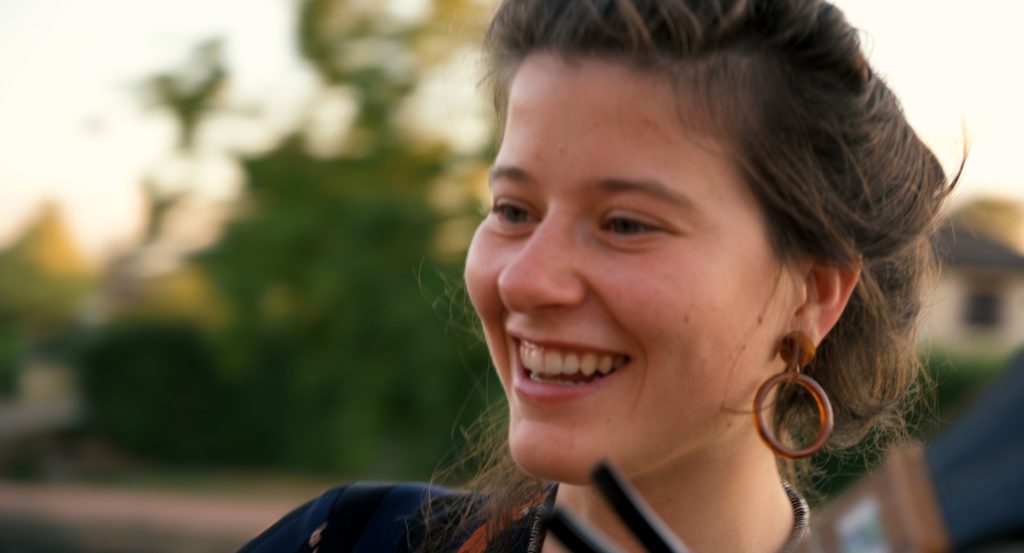
What were the biggest challenges you encountered during making your film?
I started with a rough outline of the script and the film heavily depended on improvisation. It was challenging to maintain a clear vision of the story. Ultimately, the story was very much shaped in the editing room.
How was it to collaborate with your cast and crew? Have you formed any particular meaningful connections?
Collaborating was incredibly important. Because of the film, my group of friends became even closer.
Tell us about the visual choices in your film. What were your main goals and techniques in creating the visual style of your film?
I wanted to make the film feel like a crossover between fiction and documentary. Because of this, I used a very common DSLR camera with a single lens, natural lighting, and I shot everything handheld. In addition to this, much of the film was shot by members of the group who are not camera operators by profession.
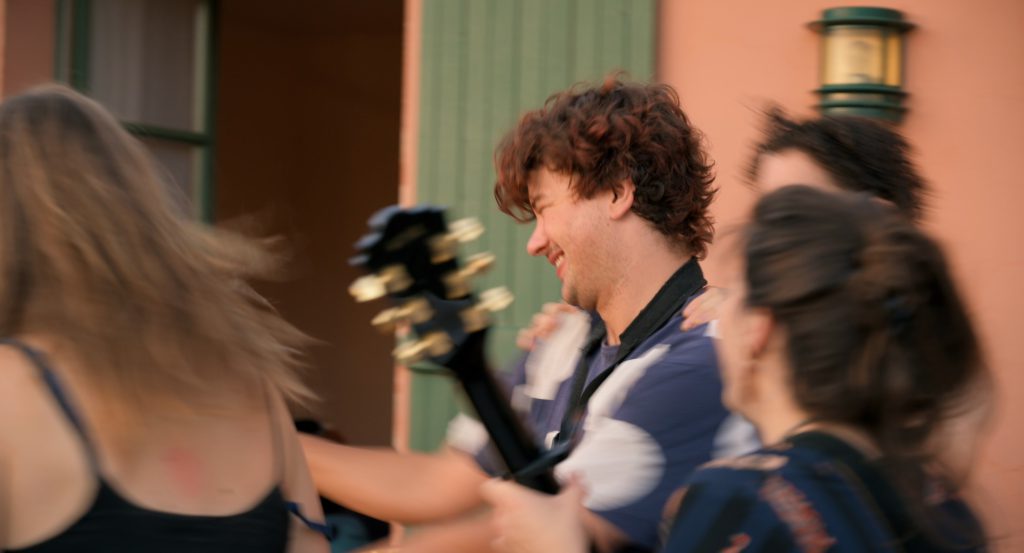
Tell us about the sound choices in your film – what type of score did you use and why? What other types of sounds did you use (if any)?
The music was also provided by members of the group: Annick Sickinghe and Kathlyn Wuyts, who together form StudioMedemens. The film bears the same name as their debut EP, which contains songs from the film.
What would you like people to take away from your film?
The story of ALL THAT COULD BE is about the dark side of the group. Because in all its eccentricity, the holidays can be overwhelming and intimidating at times. This is certainly the case for newcomers. In the past it has also happened that people couldn’t handle the group. The cacophony was too much.
One lesson we learned from this was that we had to take care of each other and set our own boundaries when things get too much for us. This is also what I want to say with the film: a close-knit group of friends is wonderful, but you have to give each other space for expressing feelings.
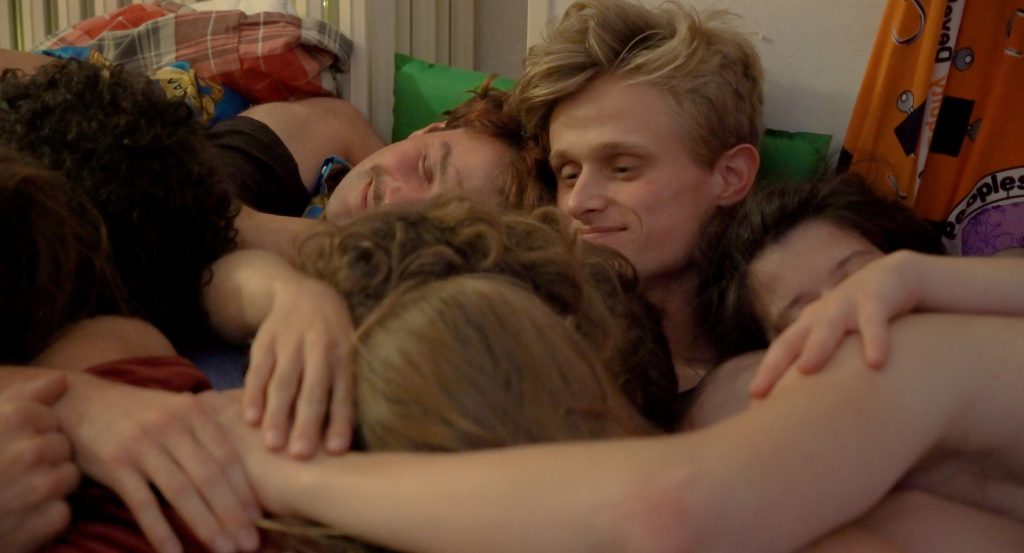
Did you have a specific strategy for promoting your film? If so, please tell us about it.
I submitted the film to many festivals, and participated in the Short Film Corner at Cannes.
What did you find (or still find) as especially lacking in the process of distributing and promoting your film? What was especially challenging?
It was difficult to get the film into festivals, even though programmers said they liked it. There is a lot of competition and our film was too long for many programmers.
What do feel young film talents lack the most today, after graduating from film school? Where are the gaps in the film industry?
Film students are not adequately trained in getting their film out there and into the film festival circuit.
If you were to have infinite resources – walk us through your fantasy film project
I made a one-year sailing trip with my parents in 2002. I would love to make a feature film of this adventure.
What are your plans and dreams for the future?
I want to continue making films that push the values I care about: nature, friendship, love, kindness, nurturing emotions, and creativity.
If you are a film industry professional and would like access to the catalogue and more, find out here how to sign up.
Filmmaker? Upload your short film to T-Port or sign up for our newsletter to get regular updates on the current trends and exciting innovations in the short film universe.
